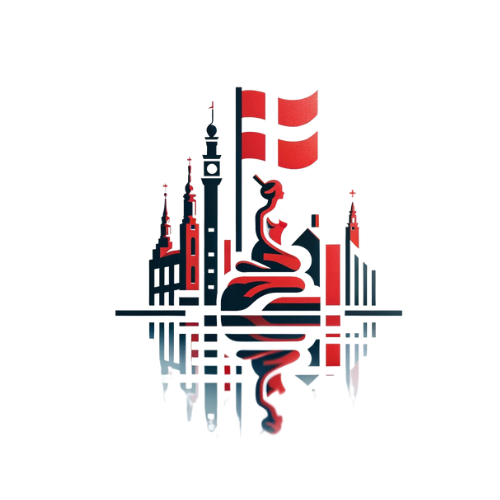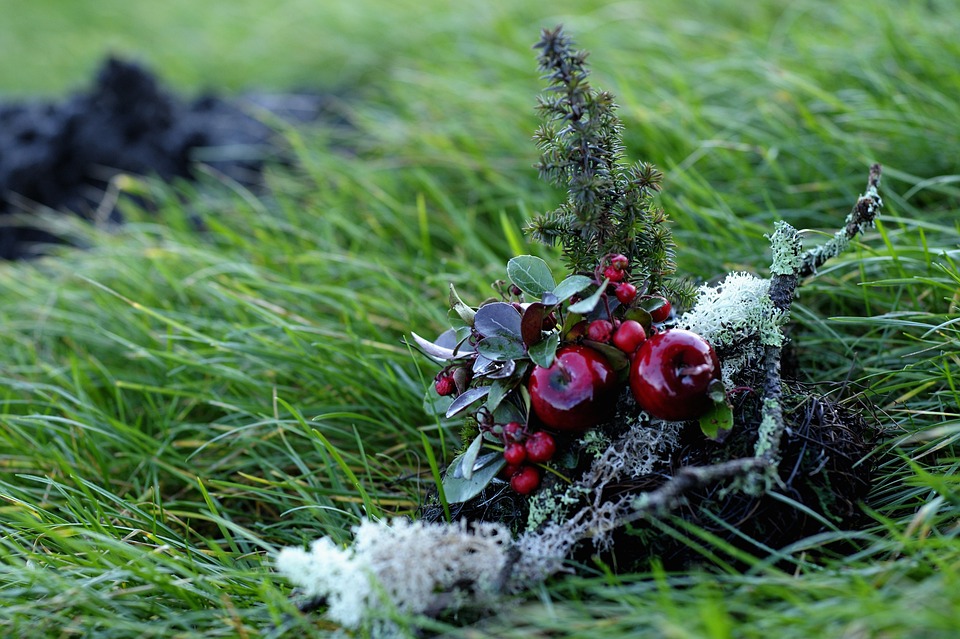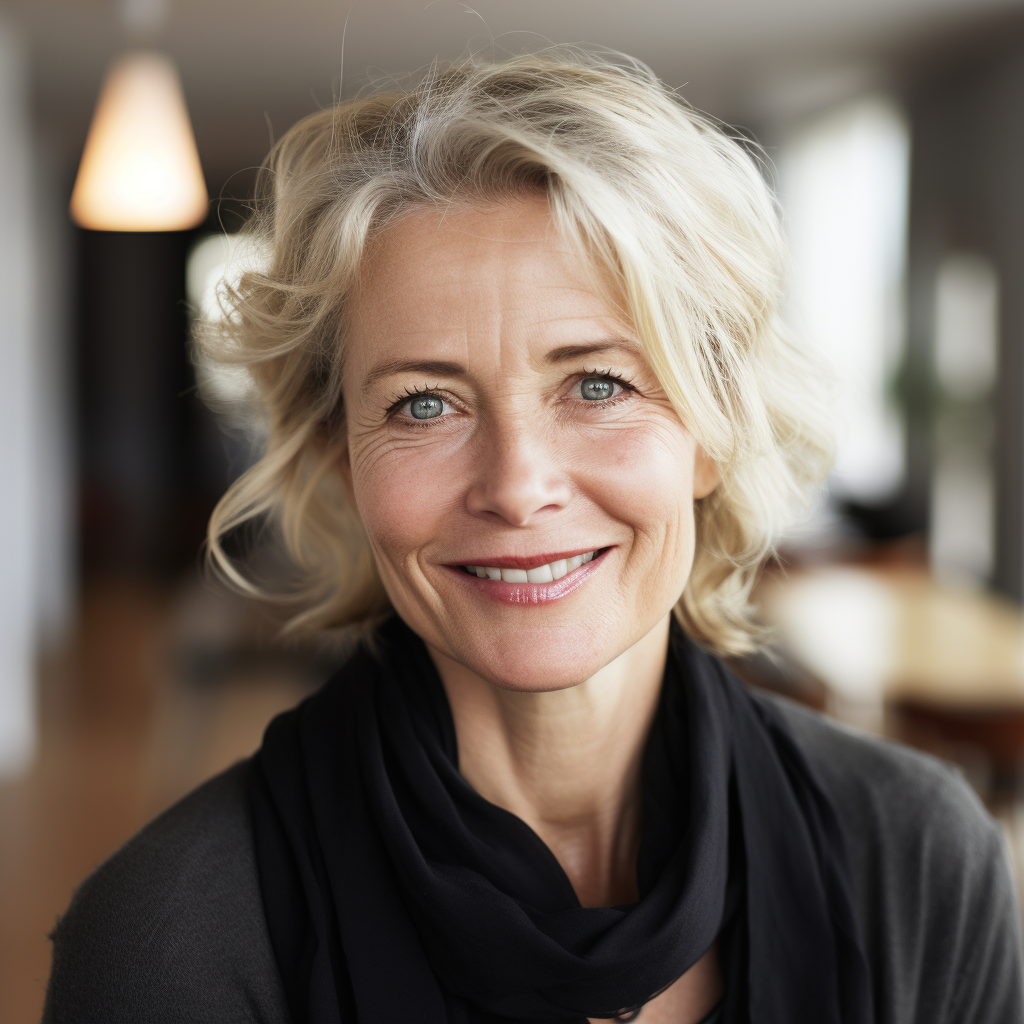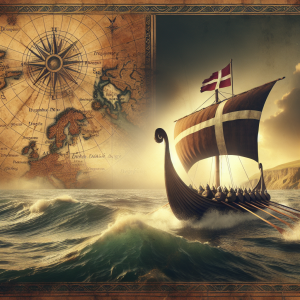As a proud Dane, I am continually fascinated by the beautiful and diverse culture of my country, especially when it comes to our public holidays. From centuries-old traditions to modern-day celebrations, Danish holidays are steeped in history and play a significant role in our national identity. In this article, I will delve into the unique culture of Danish public holidays, exploring their origins, traditions, and contemporary significance.
Historical Roots of Danish Public Holidays
Denmark has a long and rich history, and many of our public holidays can be traced back to ancient customs and religious traditions. For example, Christmas (Jul) has been celebrated in Denmark since the time of the Vikings, while Easter (Påske) holds deep significance for the country’s predominantly Christian population. In addition, holidays such as Constitution Day (Grundlovsdag) and Liberation Day (Befrielsesdag) commemorate key events in Denmark’s political and military history.
One of the most iconic Danish holidays is Midsummer’s Eve (Sankt Hans Aften), which has its roots in pre-Christian summer solstice celebrations. On this day, communities across Denmark come together to build and burn bonfires, marking the transition from spring to summer. This ancient tradition symbolizes the triumph of light over darkness and is a testament to Denmark’s enduring connection to nature and the changing seasons.
Traditional Customs and Rituals
Many Danish public holidays are accompanied by unique customs and rituals that have been passed down through generations. For example, on Shrove Tuesday (Fastelavn), children dress up in costumes and participate in the tradition of “slå katten af tønden,” which involves hitting a wooden barrel filled with candy until it breaks open. This lively and joyful event is reminiscent of Carnival celebrations in other parts of the world and is a beloved tradition for Danish families.
On the other hand, the New Year’s Eve tradition of “Gå til Nytårsfest” involves gathering with friends and family to welcome the new year with a festive dinner, fireworks, and the singing of the traditional Danish New Year’s song, “Vi er dem, de helt almindelige.” This heartwarming tradition is a time for reflection and optimism, as Danes look forward to the promise of a fresh start.
Modern Celebrations and Observances
While some Danish holidays maintain their traditional significance, others have evolved to reflect the changing culture and values of modern society. For instance, International Workers’ Day (Første Maj) has become a time to celebrate the achievements of the labor movement and advocate for workers’ rights, with parades and demonstrations taking place in cities across the country. Similarly, Halloween (Allehelgensdag) has gained popularity in Denmark in recent years, with children and adults alike embracing the spooky fun of costume parties and trick-or-treating.
Moreover, Danish public holidays are often marked by the suspension of work and school, allowing people to spend quality time with their loved ones. Whether it’s gathering for a festive Easter lunch, lighting fireworks on New Year’s Eve, or attending a traditional Midsummer’s Eve bonfire, these holidays provide precious opportunities for relaxation and togetherness in the midst of our busy lives.
Impact on Danish Society
The culture of Danish public holidays goes beyond mere celebration and reflects the values and priorities of our society. For example, days such as Father’s Day (Fars Dag) and Mother’s Day (Mors Dag) highlight the importance of family and express gratitude for the love and support of parents. In addition, holidays like Christmas and New Year’s Eve foster a sense of community and solidarity, as people come together to share meals, exchange gifts, and reflect on the joys and challenges of the past year.
Preservation of Tradition and Identity
As a Dane, I take great pride in the preservation of our cultural heritage, and our public holidays play a crucial role in upholding our traditions and identity. The continuation of age-old customs like lighting the Christmas tree in the town square, singing the national anthem on Constitution Day, and decorating Easter eggs with intricate designs ensures that these timeless traditions will endure for generations to come.
- Christmas (Jul) – Celebrated since the time of the Vikings
- Easter (Påske) – Holds deep significance for the predominantly Christian population
- Constitution Day (Grundlovsdag) – Commemorates key events in Denmark’s political history
- Liberation Day (Befrielsesdag) – Marks significant events in Denmark’s military history
The culture of Danish public holidays is a vibrant tapestry of ancient traditions, modern celebrations, and timeless values. From the solemnity of religious observances to the exuberance of community gatherings, these holidays reflect the spirit and essence of Danish society. As a Dane, I am grateful for the enduring beauty and significance of our public holidays, and I look forward to sharing their magic with future generations.
For now, I invite you to join me in embracing the rich and colorful culture of Danish public holidays, as we honor the past, celebrate the present, and look forward to the promise of a brighter future.





